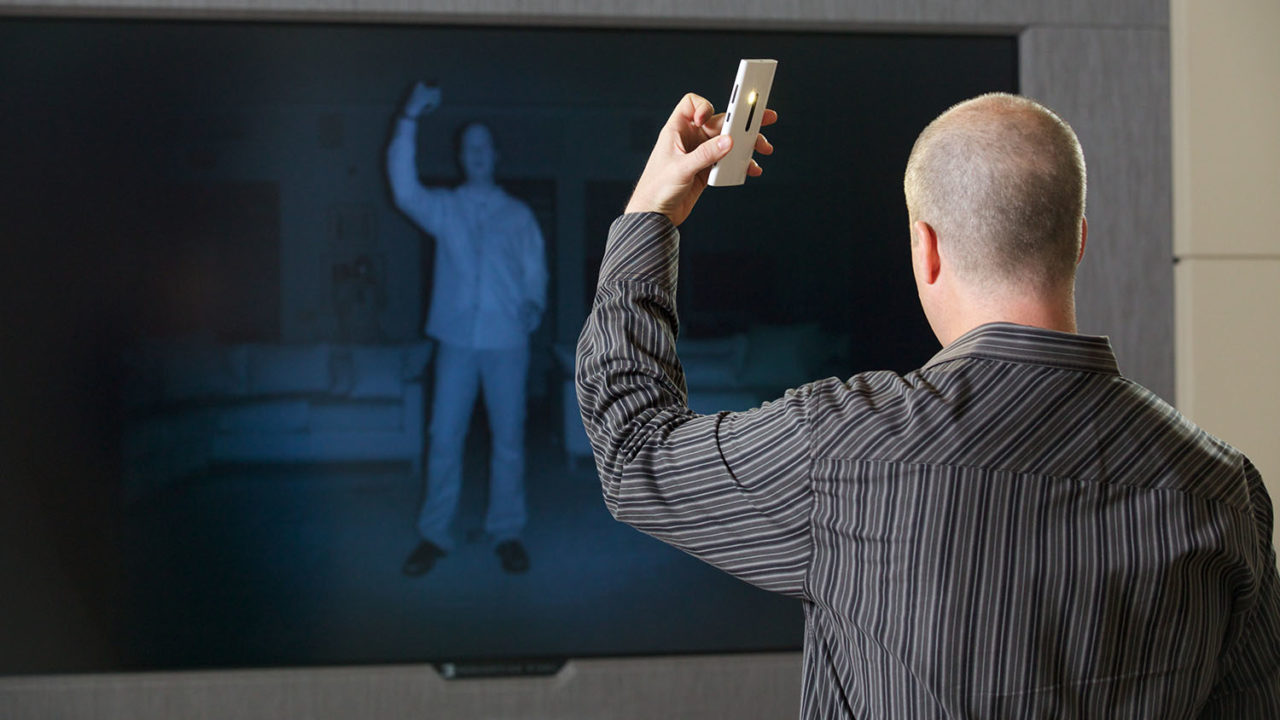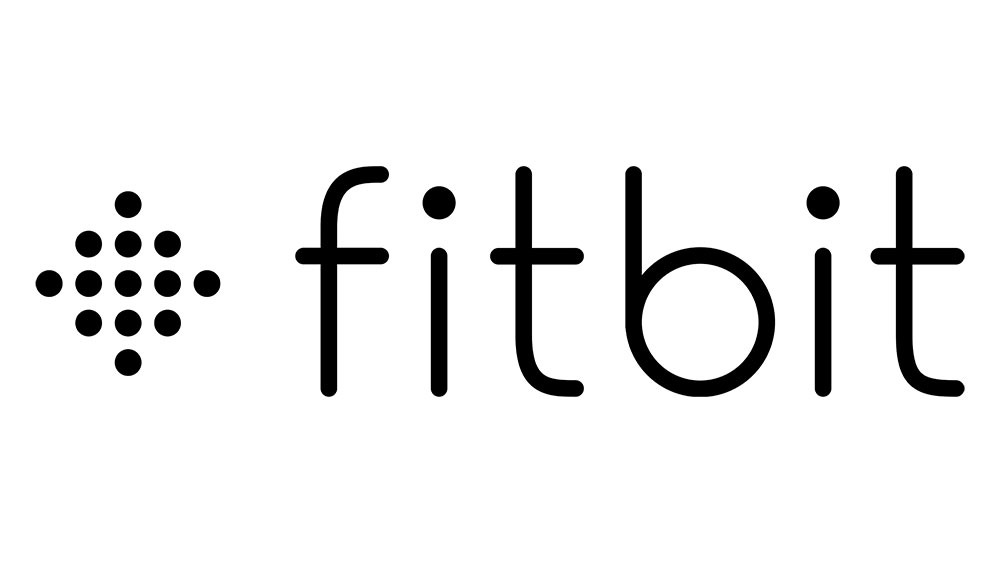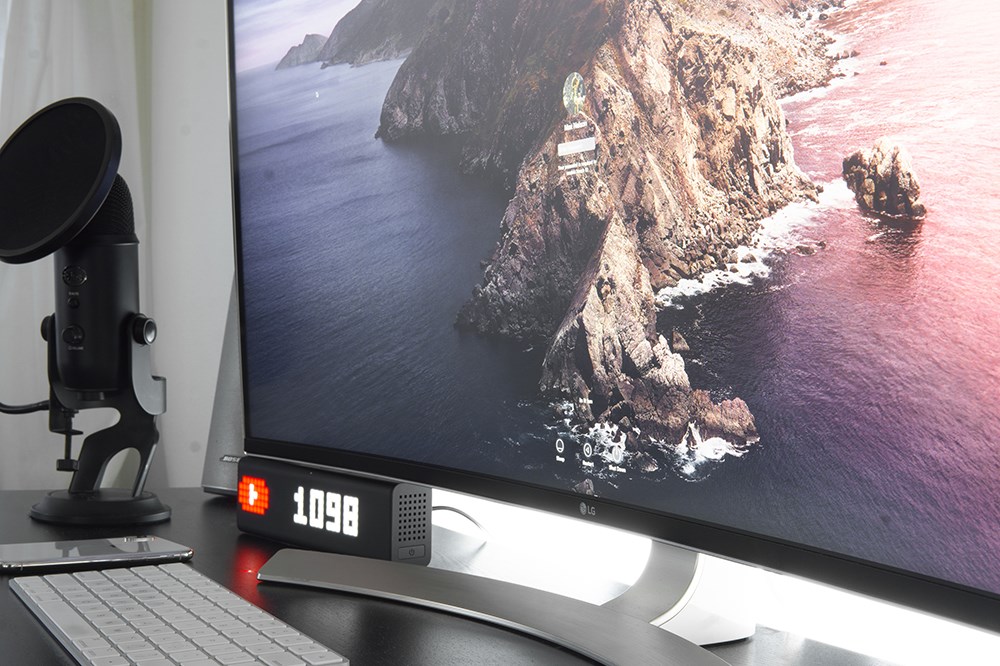Microsoft: New Kinect for Windows Will Launch in 2014

When Microsoft first revealed its Kinect motion and voice control device in late 2010, Xbox 360 owners responded positively, purchasing over 10 million of the add-on devices in less than 4 months and making it the fastest-selling consumer electronics device in history at the time.
But when Microsoft brought the device to Windows in early 2012, the response was far less enthusiastic. The initial hype surrounding the Kinect had by then died down, and, although it sold Kinect for Windows via consumer retail outlets, the product was clearly marketed towards developers, with very little in the way of end user consumer software.
With Windows 8 now powering PCs, mobile devices, and the upcoming Xbox One, Microsoft is gearing up for another push with the much-improved Kinect 2.0 and, this time, the company is committed to a better experience for Windows PC users.
The company announced this morning on its blog that the new Kinect will launch for Windows PCs “next year:”
Both the new Kinect sensor and the new Kinect for Windows sensor are being built on a shared set of technologies. Just as the new Kinect sensor will bring opportunities for revolutionizing gaming and entertainment, the new Kinect for Windows sensor will revolutionize computing experiences. The precision and intuitive responsiveness that the new platform provides will accelerate the development of voice and gesture experiences on computers.
The new Kinect sensors will bring a number of improvements to both the Xbox and Windows, including a higher fidelity 1080p sensor with “time-of-flight” technology that can map a user’s physical location via the timing of bouncing photons. The new Kinect also overcomes one of the major shortcomings of the first version by introducing an expanded field of view, an important step for a product that will have to monitor both a living room full of gamers and a lone individual sitting two feet from their PC monitor.
Improved skeletal tracking will help Kinect better mimic a user’s motions, again important for both gaming and productivity applications. There’s also a new “active-IR” sensor that helps Kinect adjust to environments with limited lighting and recognize subtle user interactions such as different facial expressions and hand gestures. Microsoft even mentioned during the Xbox One unveiling that the new Kinect is sensitive enough to detect and measure a user’s heart rate, an interesting feature with implications for both fitness and medical uses.
While the gaming details related to Kinect will likely come during the annual E3 event in mid-June, Microsoft promises to reveal more about its plans for Kinect for Windows PCs during the BUILD conference at the end of the month.
















